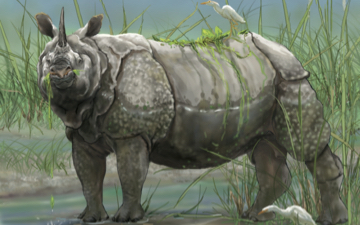Cards
(QUICK LINKS: Decks | plants | mammals | birds | | reptiles | fish | cephalopoda | insects | microbe | events
( scientist | project | modifier | technique |)

Pseudomonas denitrificans
Bacteria
These bacteria make vitamins that we can eat to be healthy and grow.

Wildlife Conservation Nepal
Home Card
Wildlife Conservation Nepal (WCN) is an NGO establish in 2002 with a vision to protect and conserve natural heritage and disseminate information on environment and wildlife issues.
To learn more about us, go to wcn.org.np or you can write to us at mail@wcn.org.np

Rhododendron
Rhododendron arboreum


2 POINTS
HILL, MOUNTAIN
FACT: This rhododendron tree is the national flower of Nepal. This plant also holds the Guinness Record for the tallest Rhododendron!

Indian Rhinoceros
Rhinoceros unicornis


5 POINTS
TERAI
PLAY: The Indian rhino has a MOVE of 2.
FACT: Nepal’s first conservation law ensured the protection of rhinos and their habitat in 1957.

Wild Yak
Bos mutus


5 POINTS
MOUNTAIN
PLAY: The wild yak has a MOVE of 2
FACT: The wild yak was once considered extinct in Nepal, but was rediscovered in 2014. Nepalese currency celebrated this discovery.

Bengal Tiger
Panthera tigris tigris


7 POINTS
TERAI
PLAY: This Bengal tiger has a MOVE of 2.
FACT: In 2018, scientists estimated only 220 to 274 of these tigers in Nepal.